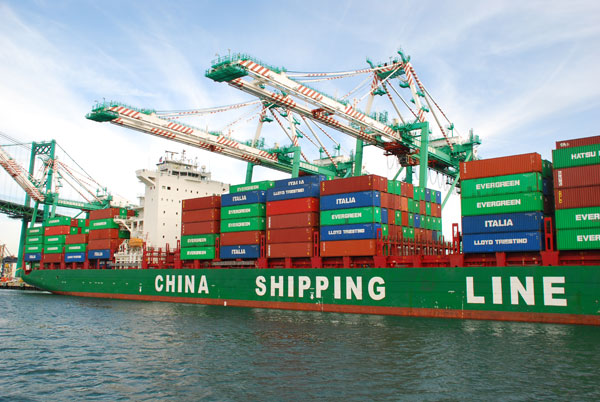Argentina may come roaring back as a major competitor in the global beef market.
January 4, 2016

Once a leading beef exporter, Argentina’s presence in the global marketplace has declined in recent years, due in no small part to volatile trade policies that included occasional freezes on beef exports and tariffs on beef shipments leaving the country. But newly-elected Argentine President Mauricio Macri is moving forward with his pledge to reform the country’s agricultural sector and make it more competitive globally, including a shift in beef export policies.
One of Macri’s main initiatives is to phase out tariffs on Argentina’s agricultural exports, including its 15% tariff on beef exports. His predecessors used these tariffs to generate revenue and try to keep food and feedgrain prices affordable for domestic consumers. But the export tariffs often backfired by hurting the profitability of Argentine farmers and ranchers, causing them to cut production.
“Argentina serves as an excellent case study of how exports impact beef industry profitability, and how lack of access to global markets will eventually hinder beef production,” says U.S. Meat Export Federation (USMEF) President and CEO Philip Seng. “We look for Argentina to be a more formidable competitor going forward, now that it is moving away from export policies that have not served it well economically. Removing export tariffs will make existing beef supplies more affordable, and cattle producers may also be more inclined to expand their operations – although shifting crop land back to cattle production is not an easy task, and will take time.”
The impact of previous regimes’ policies is well-evidenced by a significant decline in cattle numbers. Argentina’s beef cattle herd shrank from a high of 55.6 million head in 2008 to just 48 million in 2011. USDA estimates that the herd will rebound to about 52 million head in 2016.

BEEF Seedstock 100 List
Looking for a new seedstock provider? Use our UPDATED Seedstock 100 listing to find the largest bull sellers in the U.S. Browse the list here.
At one time, Argentina was the world’s third-largest beef exporter, but steadily lost ground to competitors and is now only the fourth-largest exporter on its home continent. Brazil is by far the largest South American beef exporter, and Uruguay surpassed Argentina in export volume in 2011. By 2013, Argentina also trailed Paraguay in export volume.
That year, Argentina fell to 10th place among the world’s leading beef and beef variety exporters at 236,390 metric tons (mt). It maintained a 10th place ranking in 2014, posting a modest increase to 242,199 mt. To put this in perspective, Argentina’s exports averaged more than 460,000 mt per year during the five-year period from 2004 through 2008.
Sources: Global Trade Atlas and the USDA Foreign Agricultural Service
Through October 2015, Argentina’s exports were steady with 2014’s pace in volume at 202,948 mt. But this total was bolstered by large variety meat exports to Russia, which command low prices. This contributed to a decrease in Argentina’s 2015 export value, which is down 15% from the year prior to $907.8 million.
The weaker Argentine peso (down 11% on average versus the U.S. dollar in 2015) also contributed to lower export values, and this is another area in which the Macri government is making changes in an effort to make Argentina’s exports more competitive. The government allowed the peso to devalue on Dec. 17, when it lost nearly 30%, before rebounding to some degree. Producers, importers and exporters will be watching for a newly-established trading range for the peso before making large sales.
In anticipation of the new administration taking office, Argentina’s cattle prices have jumped to new highs, climbing above those in any other major beef-exporting country, including the United States. In mid-December, carcass prices averaged $2.20 per pound, up 21% from November and up 36% year over year.
Argentina is already capitalizing on its direct access to China, which is now its leading volume destination for beef muscle cuts. From January through October 2015, exports to China increased 151% year over year to 36,520 mt, accounting for 27% of Argentina’s muscle cut export volume. Other top markets for Argentine beef include the European Union, Chile, Israel and Hong Kong.
Joe Schuele is vice president, communications, with the U.S. Meat Export Federation in Denver, Colo.
You might also like:
7 ranching operations who lead in stewardship, sustainability
Why we need to let Mother Nature select replacement heifers
Photo Gallery: Laugh with Rubes cow cartoons
Beta agonists wrongly blamed for fatigued cattle syndrome
You May Also Like



